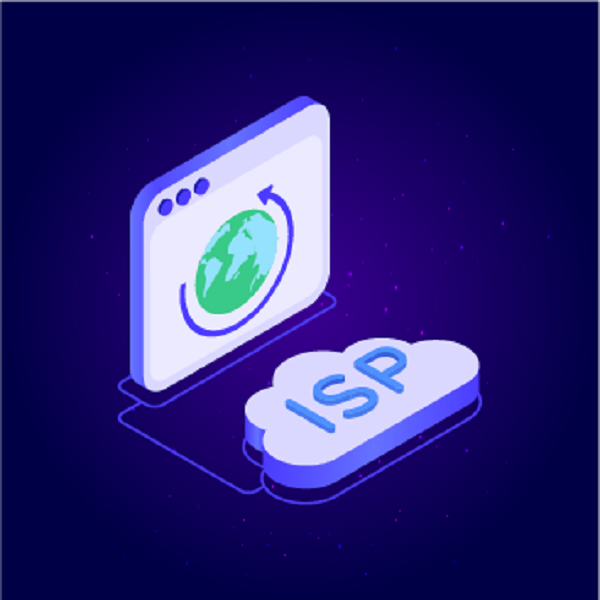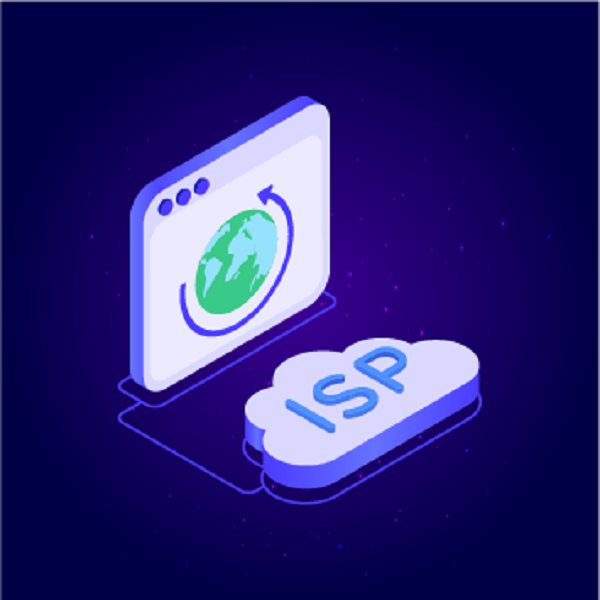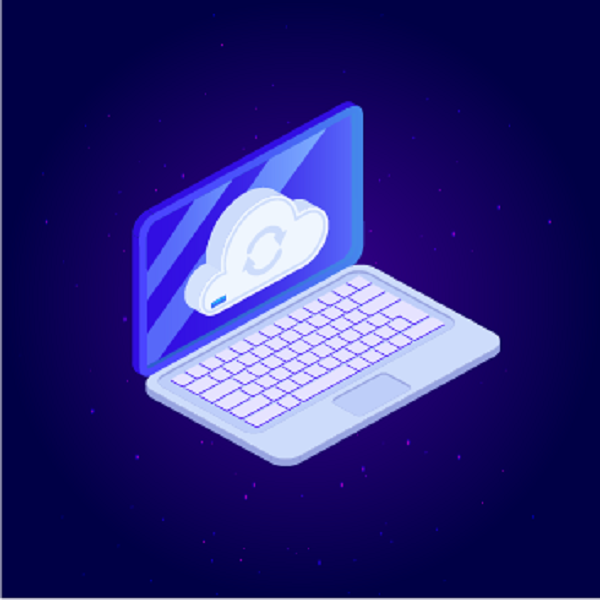Residential Proxies
Allowlisted 200M+ IPs from real ISP. Managed/obtained proxies via dashboard.

Proxies
Residential Proxies
Allowlisted 200M+ IPs from real ISP. Managed/obtained proxies via dashboard.
Residential (Socks5) Proxies
Over 200 million real IPs in 190+ locations,
Unlimited Residential Proxies
Use stable, fast, and furious 700K+ datacenter IPs worldwide.
Static Residential proxies
Long-lasting dedicated proxy, non-rotating residential proxy
Dedicated Datacenter Proxies
Use stable, fast, and furious 700K+ datacenter IPs worldwide.

Web Unblocker
View content as a real user with the help of ABC proxy's dynamic fingerprinting technology.
Proxies
API
Proxy list is generated through an API link and applied to compatible programs after whitelist IP authorization
User+Pass Auth
Create credential freely and use rotating proxies on any device or software without allowlisting IP
Proxy Manager
Manage all proxies using APM interface

Proxies
Residential Proxies
Allowlisted 200M+ IPs from real ISP. Managed/obtained proxies via dashboard.
Starts from
$0.77/ GB
Residential (Socks5) Proxies
Over 200 million real IPs in 190+ locations,
Starts from
$0.045/ IP
Unlimited Residential Proxies
Use stable, fast, and furious 700K+ datacenter IPs worldwide.
Starts from
$79/ Day
Rotating ISP Proxies
ABCProxy's Rotating ISP Proxies guarantee long session time.
Starts from
$0.77/ GB
Static Residential proxies
Long-lasting dedicated proxy, non-rotating residential proxy
Starts from
$5/MONTH
Dedicated Datacenter Proxies
Use stable, fast, and furious 700K+ datacenter IPs worldwide.
Starts from
$4.5/MONTH
Knowledge Base
English
繁體中文
Русский
Indonesia
Português
Español
بالعربية


Based on the latest technology trends in 2025, this article analyzes the core characteristics of mainstream crawler software from the dimensions of development efficiency, anti-detection capabilities, and scalability, and provides selection recommendations and practical scenario matching solutions.
Core evaluation dimensions of web crawler tools
Anti-crawler capabilities
Supports automatic processing of verification codes (CAPTCHA), IP bans, User-proxy rotation and other defense mechanisms.
Built-in browser rendering engines (such as Headless Chrome) to handle JavaScript dynamically loaded content.
Scalability and distributed support
Whether cluster deployment, task queues (such as Redis) and breakpoint resume functions are supported.
You can integrate proxy IP pools (such as abcproxy's residential proxy) to achieve high-concurrency and anonymous data capture.
Development efficiency and learning curve
Visual configuration interfaces (such as drag-and-drop operations) and non-code modes are more friendly to non-technical personnel.
The flexibility of programming interfaces (Python/Node.js, etc.) meets customized requirements.
Data output and processing
Supports direct export to CSV, JSON, database, or docking with data lakes (such as Snowflake).
Built-in pre-processing functions such as data cleaning, deduplication, and format conversion.
Recommendation of the best crawler software in 2025 (classification selection)
A. Open source development framework (suitable for technical teams)
Scrapy (Python)
Advantages: Mature asynchronous framework, supports middleware extensions (such as automatic switching of proxy IP).
Scenario: Large-scale structured data crawling (such as e-commerce product lists, news aggregation).
Technology stack: Integrates the Splash rendering engine to process dynamic pages, and can be connected to Scrapy-Redis to implement distributed crawlers.
Puppeteer/Playwright (Node.js)
Advantages: Precisely control the headless browser and simulate human operations (click, scroll, input).
Scenario: Websites that require login (such as social media) and SPA applications that rely heavily on JavaScript.
Extension: Hide automation features via puppeteer-extra-plugin-stealth plugin.
B. Visual crawler tool (suitable for non-technical people)
Octoparse 9.0
Advantages: Zero-code operation, built-in cloud service and IP proxy pool (extra subscription required).
Scenario: Quickly collect public data (such as corporate yellow pages and recruitment information).
Limitation: Complex pages (such as waterfall loading) have a lower crawling success rate.
ParseHub Enterprise
Advantages: Intelligent element recognition algorithm, automatic processing of paging and AJAX requests.
Scenario: tasks that require regular updates, such as price monitoring and competitive product analysis.
Integration: Trigger data push to Slack or WeChat Work via Webhook.
C. Cloud integrated service (suitable for enterprise-level needs)
ScrapingBee 3.0
Advantages: Fully managed service, automatically handles IP rotation and browser fingerprint camouflage.
Scenario: Capturing sensitive data that requires high anonymity (such as financial public opinion monitoring).
Cost: Billed by the number of requests, suitable for small and medium-sized projects.
Apify
Advantages: Provides pre-made crawler templates (such as Amazon product crawler, Google search result extraction).
Scenario: Quickly start standardized crawler tasks and support Serverless architecture.
Extension: Combine with abcproxy static ISP proxy to achieve region-specific crawling (such as localized price data).
Technology selection decision tree
Select the tool based on your requirements priority:
Development flexibility first → Scrapy/Puppeteer
Fast delivery first → Octoparse/ParseHub
Prioritize anti-blocking capabilities → ScrapingBee + abcproxy residential proxy
High compliance requirements → Self-built proxy pool + customized Scrapy middleware
Practical optimization suggestions
Anti-detection strategies
Traffic camouflage: Set a random request interval (0.5-3 seconds) to simulate human browsing behavior.
IP pool configuration: Use abcproxy's dynamic residential proxy (IP survival period 5-15 minutes), and control the number of concurrent tasks within 20 threads.
Breakthrough of performance bottleneck
Distributed architecture: Use Celery + Redis to split tasks into multiple nodes, with an average daily processing volume of tens of millions.
Cache reuse: Implement CDN caching for static pages (such as corporate official websites) to reduce repeated crawling.
Conclusion
Web crawler technology in 2025 has deeply integrated AI and automation capabilities. Tool selection needs to comprehensively consider business goals, technical resources and compliance risks. For enterprises that require high-frequency and large-scale crawling, it is recommended to adopt a combination of Scrapy + abcproxy proxy IP, taking into account both efficiency and stability. As a professional proxy IP service provider, abcproxy provides a variety of high-quality proxy IP products, including residential proxies, data center proxies, static ISP proxies, Socks5 proxies, and unlimited residential proxies, which are suitable for a variety of application scenarios. If you are looking for a reliable proxy IP service, please visit the abcproxy official website for more details.
Featured Posts
Popular Products
Residential Proxies
Allowlisted 200M+ IPs from real ISP. Managed/obtained proxies via dashboard.
Residential (Socks5) Proxies
Over 200 million real IPs in 190+ locations,
Unlimited Residential Proxies
Use stable, fast, and furious 700K+ datacenter IPs worldwide.
Rotating ISP Proxies
ABCProxy's Rotating ISP Proxies guarantee long session time.
Residential (Socks5) Proxies
Long-lasting dedicated proxy, non-rotating residential proxy
Dedicated Datacenter Proxies
Use stable, fast, and furious 700K+ datacenter IPs worldwide.
Web Unblocker
View content as a real user with the help of ABC proxy's dynamic fingerprinting technology.
Related articles

Best web crawler software recommendation in 2025
Based on the latest technology trends in 2025, this article analyzes the core characteristics of mainstream crawler software from the dimensions of development efficiency, anti-detection capabilities, and scalability, and provides selection recommendations and practical scenario matching solutions.

What is Shared proxy Purchase
This article analyzes the core technical architecture and core value of shared proxys, explores their resource allocation logic and cost-effectiveness advantages in scenarios such as data collection and batch operations, and provides core evaluation dimensions for proxy service selection

Scraping Websites with Python BeautifulSoup
This article explains in detail the technical path and practical strategy of using the Python BeautifulSoup library for web crawling, analyzes efficient data collection solutions based on proxy service scenarios, and recommends abcproxy's proxy IP product to support large-scale crawler tasks.